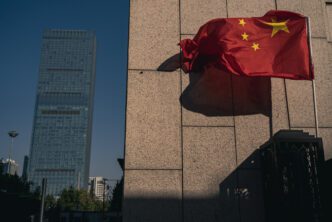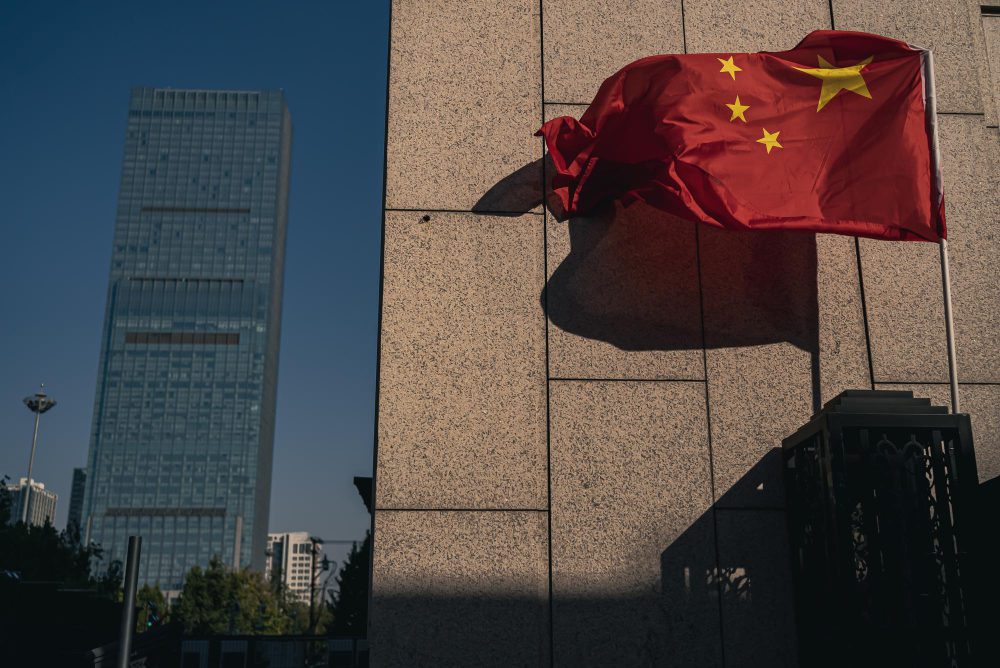Executive Summary
The Story So Far
Why This Matters
Who Thinks What?
China’s factory output growth slowed to its weakest pace in a year in August, while retail sales fell to a nine-month low, placing renewed pressure on Beijing to implement further stimulus measures to prevent a sharp slowdown in the nation’s $19 trillion economy. The latest economic data indicates a broad-based deceleration, prompting expectations for additional policy support.
Industrial output increased 5.2% year-on-year in August, marking the lowest reading in a year and a decline from the 5.7% rise observed in July. Concurrently, retail sales expanded 3.4% in August, representing the slowest pace since last November and cooling from a 3.7% increase in the previous month.
Policymakers are expected to deploy additional near-term fiscal support to achieve their annual growth target of “around 5%.” This urgency is amplified by manufacturers awaiting more clarity on a U.S. trade deal, coupled with domestic demand being curbed by a challenging job market and a protracted property crisis.
Despite a strong start to the year, the broader slowdown suggests that more policy support is needed to ensure a robust economic finish. Analysts are anticipating a high possibility of another 10-basis-point interest rate cut and a 50-basis-point reserve requirement ratio (RRR) cut in the coming weeks.
Domestic Economic Headwinds
Weak domestic demand, alongside a government crackdown on speculation and heavy debt, continues to drag the property sector into a prolonged slump. New home prices declined 0.3% in August from the previous month and 2.5% on an annual basis.
Chinese households have tightened their purse strings, and business confidence has faltered, dampening the job market. The unemployment rate edged up to 5.3% in August, from 5.2% a month prior and 5.0% in June, as employers face pressure from aggressive price cuts.
Manufacturing activity has also been affected by extreme weather conditions over the summer months. Fixed asset investment grew only 0.5% in the first eight months compared to the same period last year, significantly below the expected 1.4% increase.
Trade Diversification Efforts
Authorities are encouraging manufacturers to find new markets to offset the impact of U.S. trade policy. Recent data suggests some success in diverting U.S.-bound shipments to Southeast Asia, Africa, and Latin America.
However, the persistent drag from the property crisis continues to offset these efforts to stabilize the economy. Beijing has affirmed its commitment to making full use of fiscal and monetary policies to help achieve its annual economic targets.








